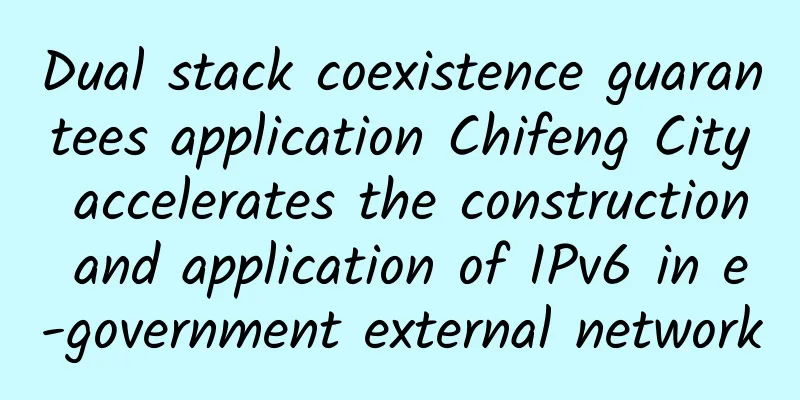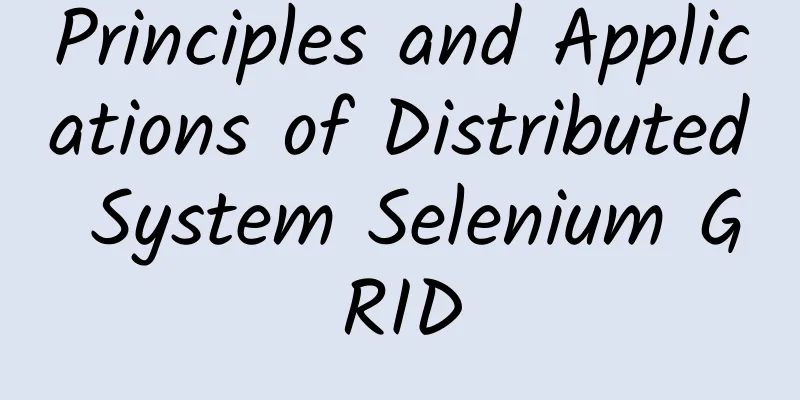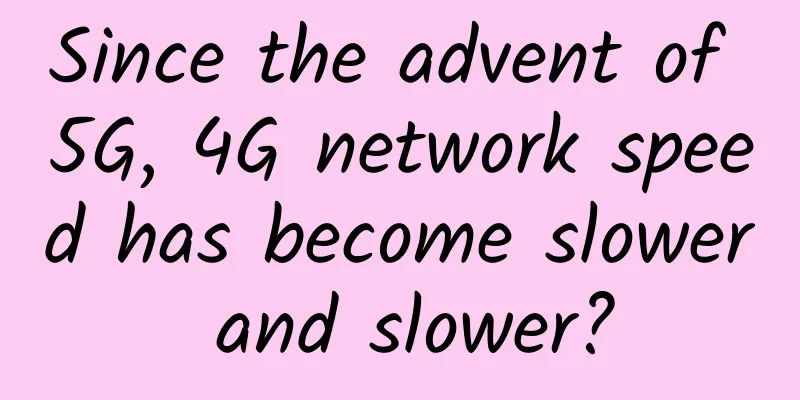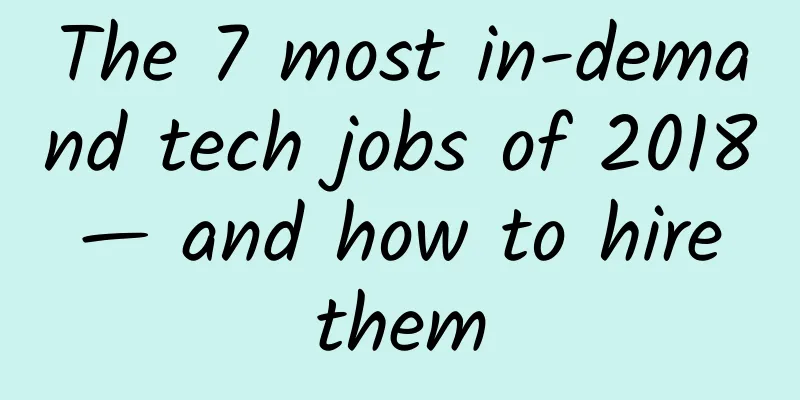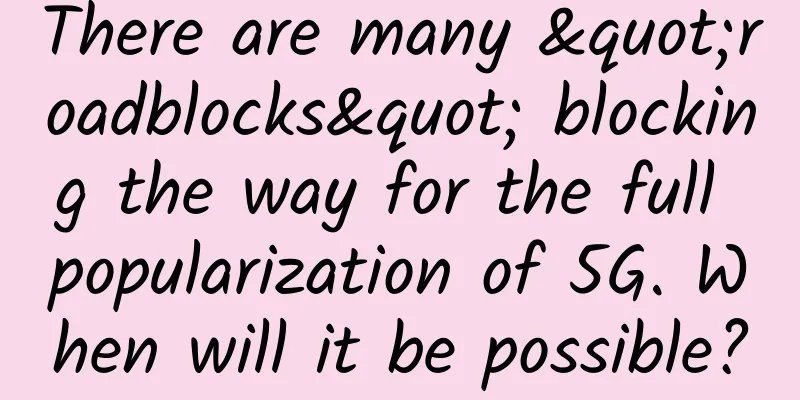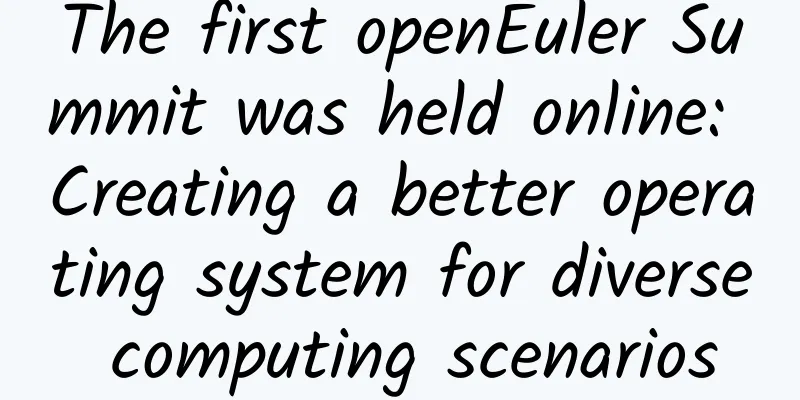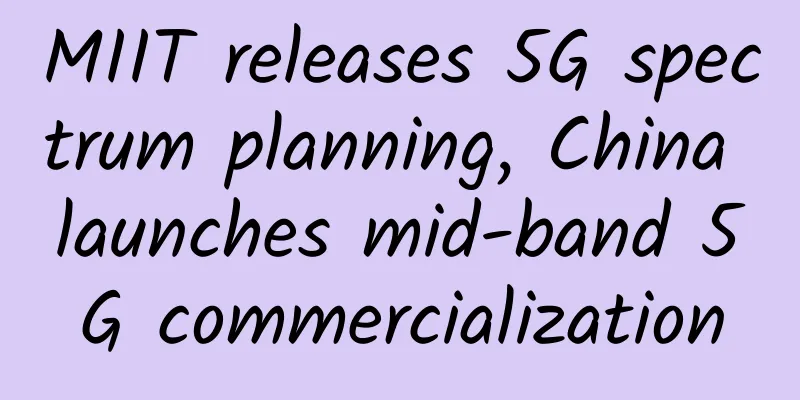The Two Generals Problem and TCP Three-Way Handshake
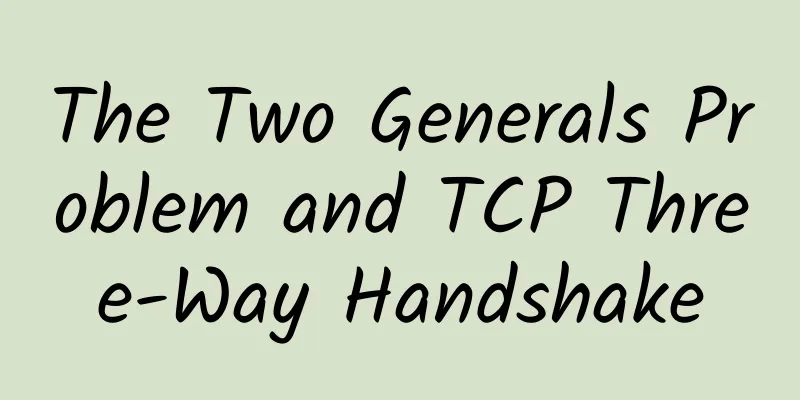
|
The Two Generals Problem, also known as the Two Generals Paradox or the Two Army Problem, is a classic computer thought experiment. First, to avoid confusion, we need to realize that the Two Generals Problem is related to the Byzantine Generals Problem, but they are not the same thing. The Byzantine Generals Problem is a more general version of the Two Generals Problem, which is often discussed extensively in distributed system fault tolerance and blockchain. 1. The Two Generals ProblemTwo armies, stationed on two hills, face the same enemy in a valley. The two generals can only win if they attack at the same time. The only way for the two generals to agree on a time is to send a messenger through the valley, which is in enemy-occupied territory. If the messenger is captured, the message will be lost. Phenomenon 1: General A first sends a messenger to General B to convey "Attack at 10 pm", but General A does not know whether the messenger can pass through the enemy-occupied area. Because he is worried that he will become the only attacker, General A may hesitate to attack as planned; At this time, General B can send a messenger to confirm receipt after receiving it, but B's messenger may also be captured. Because he is worried that A will retreat because he did not receive the confirmation signal, General B will also hesitate; re-confirmation cannot solve the problem, because the new messenger who re-confirms may also be captured. Therefore, alternating confirmations are endless. Phenomenon 2: General A sent a messenger, but did not receive a reply after a long time. General A did not know whether his own messenger was captured or General B's confirmed messenger was captured. We realized that even if both parties repeatedly confirmed that they had received each other's last message, they could not be sure that the other party had reached a consensus with them. The two generals problem has no solution. The current TCP three-way handshake and four-way wave are engineering solutions (we will talk about this later). 2. Brainstorming on the Two Generals ProblemMany people have tried to solve/mitigate the double general problem and have proposed some practical solutions. Here we still assume the uncertainty of the channel, the messenger can only be captured but will not betray or tamper with it. 2.1 Shotgun bird hunting If General A sends 100 messengers (numbered 1 to 100) each time, it is expected that General B will at least receive the message from one messenger. General B evaluates the reliability of this channel based on the number of messengers received, and also sends an appropriate number of confirmation messengers based on probability. For example: General A sends 100 messengers, and General B receives information from 10 messengers. General B can basically confirm that the reliability of this channel is 10%, and General B should send at least 10 messengers (according to the probability, 1 messenger will reach the other side). 2.2 Intermittent Retry The shotgun-shooting posture takes too much time for the messenger, but at least it can help General B increase his confidence and reach a consensus. There is also a strategy that uses fewer couriers (and can improve the general's confidence). Assuming it takes 20 minutes to cross the valley to the other side and back, General A can send messengers to the other side every 20 minutes until he receives the first courier confirmation from General B on the other side (he will no longer send messengers). The above two strategies are a trade-off between speed and cost. Which one to use depends on which one is more suitable for the problem we encounter. 3. Why is the TCP three-way handshake [1] considered an engineering solution to the double generals problem?There is a question on Zhihu: Why does TCP use three handshakes instead of two or four? [2] There are three answer angles. ①Why does TCP use three handshakes instead of two or four? - Answer by Punk Snowball Rabbit - Zhihu [3] ②(Why does TCP use three handshakes instead of two or four? - Che Xiaopang's answer - Zhihu [4] ③Why does TCP use three handshakes instead of two or four? - wuxinliulei's answer - Zhihu [5] I hope everyone will read it carefully. First we need to know: The three-way handshake is to synchronize (syn) the sequence number (seq=m) in both directions. Synchronizing the sequence number requires two packets, one in each direction, so there are four packets in both directions. The second and third packets sent by one side can be merged together to form the last three packets. But according to the double generals problem, who says that two packets back and forth can ensure successful synchronization? In order to alleviate the double general problem, the TCP 3-way handshake adds a timeout retry mechanism. (Note: the retry is only done on the initiator of information synchronization) The first packet: The SYN sent from A to B is lost and does not reach B. A will periodically timeout and retransmit until it receives confirmation from B. The second packet, the SYN+ACK sent to A, is lost and does not reach A. B will periodically time out and retransmit until it receives confirmation from A. The third packet: The ACK sent by A is lost on the way and does not reach B After A sends ACK, it unilaterally believes that TCP is in Established state, while B obviously believes that TCP is in Active state. a. Assuming that neither party has data to send at this time, B will periodically timeout and retransmit until it receives A's confirmation. After receiving A's confirmation, B's TCP connection will also be in the Established state, and packets can be sent in both directions. b. Assuming that A has data to send at this time, B receives A's Data + ACK, and will naturally switch to the established state and accept A's Data. c. Assuming B has data to send, but cannot send the data, it will periodically timeout and retransmit SYN + ACK until it receives A's confirmation and can then send the data.
SummarizeThis article documents the Two Generals Problem: For unreliable channels, countless confirmations cannot reach a 100% reliable consensus. The TCP three-way handshake confirms the sequence numbers of packets in both directions and adds timeout retries, which is an engineering solution to the two generals' problem. Reference Links [1] TCP three-way handshake: https://blog.csdn.net/weixin_35942339/article/details/112733885 [2] Why is TCP a three-way handshake instead of two or four? : https://www.zhihu.com/question/24853633/answer/573627478 [3] Why does TCP use three handshakes instead of two or four? - Answer by Punk Snowball Rabbit - Zhihu: https://www.zhihu.com/question/24853633/answer/200721662 [4] (Why does TCP use three handshakes instead of two or four? - Che Xiaopang's answer - Zhihu: https://www.zhihu.com/question/24853633/answer/115173386 [5] Why is TCP a three-way handshake, rather than two or four? - wuxinliulei's answer - Zhihu: https://www.zhihu.com/question/24853633/answer/63668444 |
<<: New report identifies progress and benefits across the 5G network lifecycle
>>: Three steps to protect your home network
Recommend
Can't tell the difference between Wi-Fi and WLAN? Stop confusing them
Usually, we connect to WiFi when we surf the Inte...
Post-700MHz Era: New Game Plan for 5G Competition
[[383093]] After more than eight months of negoti...
Accelerating new infrastructure construction: Single-wavelength 200G backbone network is about to emerge, how far is 400G?
While the new infrastructure is accelerating the ...
Global semiconductor industry capital expenditure will reach nearly $150 billion in 2021
[[426618]] On the 29th, the Semiconductor Industr...
Tencent Cloud Lightweight Server Special, 2C2G4M Lightweight Server starting from 65 yuan/year
Tencent Cloud recently launched a limited-time sp...
VULTR: KVM in 25 data centers around the world starting at $2.5 per month (supports hourly billing), $50 for new users
It has been more than 6 months since I last share...
Edgevirt: $15.75/year-1GB/25GB/5TB/10Gbps bandwidth/Seattle data center
Tribe once shared information about Edgevirt in J...
The 2020 Huawei Ecosystem Partner Elite Competition opens up a channel for ICT talent training and provides the industry with "experts"
[51CTO.com original article] The severe situation...
DediPath: $49/month-E3 1270/16GB/2TB/1G unlimited traffic/5IP/Los Angeles data center
[ Promotion code expired ] Title This should be th...
How hard do communication networks work to save power?
The energy consumption of communication networks ...
10 ways to deal with data center outages
While data centers are designed to not fail in th...
Architecture Design: Sidecar Pattern Explained
Context and Questions Modern applications usually...
DiyVM: Hong Kong CN2 line VPS 50% off, 2G memory package monthly payment 50 yuan
The tribe often shares information about DiyVM. T...
After 2G network withdrawal, the results began to show
After a short period of stagnation, telecom busin...
Can IPFS subvert the HTTP protocol?
How many people knew about IPFS before August 201...
